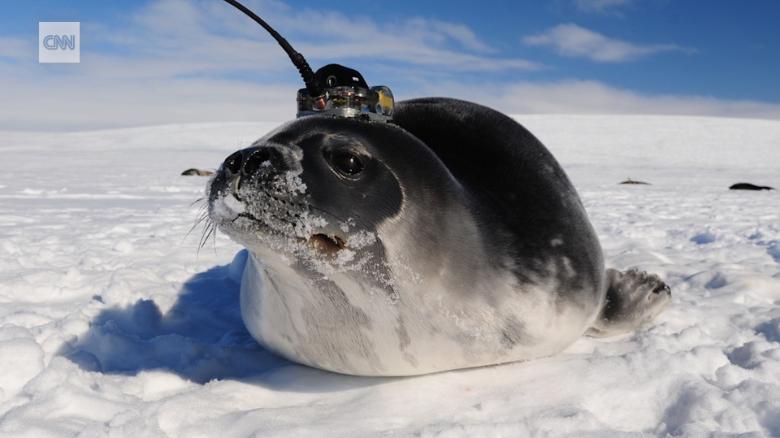Sea ice in Antarctica is now shrinking

After decades of gradual increases, Antarctic sea ice is now decreasing faster than that in the Arctic, according to new research based on 40 years’ worth of satellite data. Sea ice has a crucial impact on the Earth’s climate, says Claire Parkinson, a senior scientist at NASA and the author of the new study published in the PNAS scientific journal on Monday. Its bright surface reflects 50% to 70% of sunlight back into space. But when sea ice melts, it turns into dark ocean surface, which absorbs 90% of the sunlight. The more light is absorbed, the warmer global systems become.”Sea ice also affects the polar ecosystem, including penguins and whales and seals, petrels and albatrosses, krill, and a whole range of additional animals and marine plant life,” Parkinson told CNN.Sea ice surrounding Antarctica has long baffled scientists. Unlike the Arctic ocean in the North, where sea ice has been melting steadily in the past decades, the sea ice surrounding Antarctica had been increasing for decades.Where the Arctic provided scientists with a concrete and well documented example of the dire consequences of climate change, increasing sea ice around Antarctica was frequently pointed to by climate change skeptics as a counter-argument,But research published on Monday shows things have taken a dramatic turn. Satellite data shows that the yearly average sea ice extent in Antarctica increased until 2014, when it reached a record high. After that, Parkinson said, it started decreasing “precipitously” and reached a record low in 2017.Parkinson said it is too early to determine what exactly caused the trend to reverse.Scientist were never able to determine why Antarctic sea ice increased prior to 2014. Dr Kaitlin Naughten, sea ice modeller at British Antarctic Survey, said Antarctica is largely protected from atmospheric warming by the westerly winds which surround the continent.”This means that Antarctic sea ice doesn’t respond directly to global warming averaged over the whole planet, but rather to changes in these winds. Climate change is affecting the winds, but so is the ozone hole and short-term cycles like El Nino. The sea ice also responds to the level of ocean mixing, which is affected by meltwater from the Antarctic Ice Sheet,” she said.The turn towards melting is a new concern for scientists. “Growth of Antarctic sea ice over the past few decades had been a relief, because it offset some of the rapid losses in the Arctic,” said Andrew Shepherd, director of the Centre for Polar Observation and Modelling at the University of Leeds.”Now that sea ice is retreating in both hemispheres we should be concerned about our planet’s temperature because it means less of the sun’s heat is reflected back into space,” he added.Parkinson said that even before the turnaround in 2014, the idea that the sea ice increases contradicted climate change, an argument often pushed by climate skeptics, was flawed. Regardless of what was happening in the Antarctic sea, melting in the Arctic affected wildlife, coastal erosion and solar radiation absorption in the Arctic, she pointed out. “And the increases in the Antarctic sea ice were not coming close to balancing the decreases in the Arctic sea ice,” she added.






